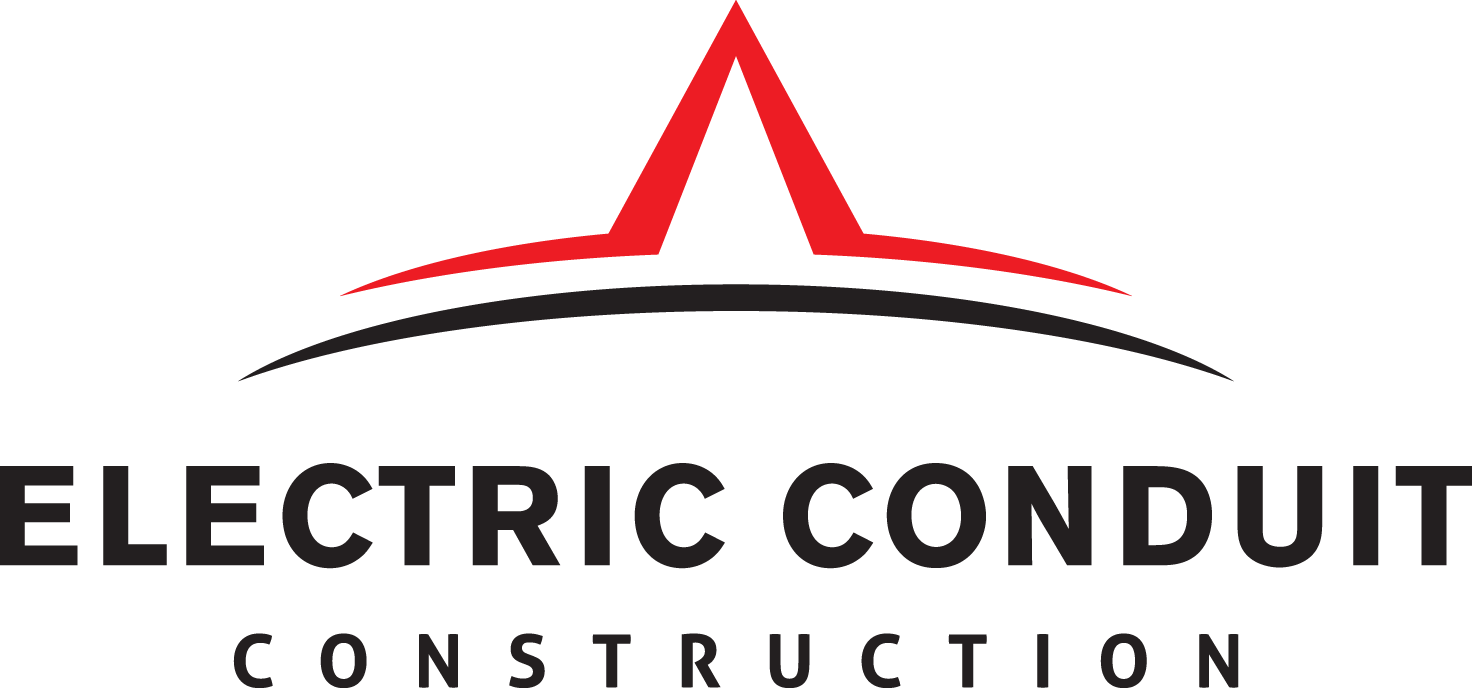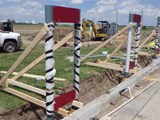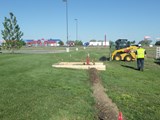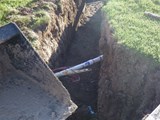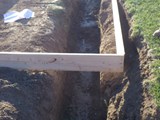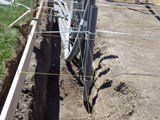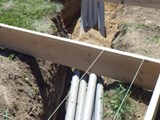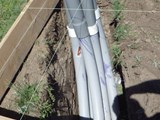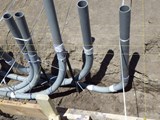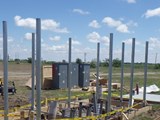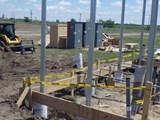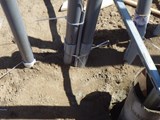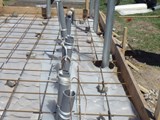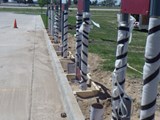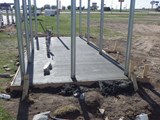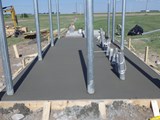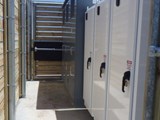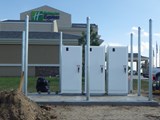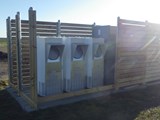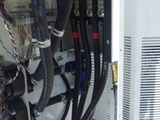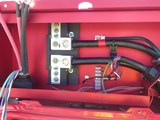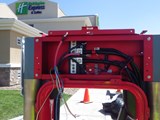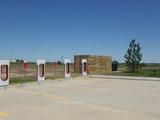Western Missouri
Level 3 Electric Vehicle (EV) Charging Systems
Electric Vehicle (EV) Charging Systems (Level 3)
Electric vehicles (EV’s) can be charged with voltages ranging from 110 to 480, it all depends on how long you want to wait for the EV to charge. For urban or suburban drivers, a home charging system delivering 240 volts is sufficient to charge the vehicle at night enabling it to run through a typical day’s commute. But traveling longer distances in an EV means tighter trip planning and arrival at a level 3 charging station when the battery reaches the 20% level. This case study is about the construction of a level 3 charging station.
Electric Conduit Construction has a long history of underground and aerial construction combined with inside electrical work and fiber optic cable installations. A typical level 3 charger takes distribution voltage from the electric utility transformer. This is 480-volt three phase power. This power comes into a switchboard where it is then directed to various transformers and an inverter. The transformers step the voltage down to 110-volts where various power supply create the control voltages to manage the charging process and monitor various sensors in the car and the battery. The rectifier converts the 480-volt three phase into 410-volt DC. This is the voltage that is needed to bring the battery up to the 80% level in the shortest amount of time.
Installation of these systems is straightforward and involves standard underground construction methods and electrical wiring. From the utility supplied transformer conduit is trenched into the switchboard and power control center. On this pad the breakers, transformers and inverters are placed and wired together with conduits running underground between the electrical equipment.
Every EV charging station is provided with a 410-volt DC feed, power supply for the control wires and conduits to contain the power cable and the control wire cables. None of this is visible to the user. The user simply connects a plug to the EV. The EV’s computer connects with the charging system’s computer. The battery’s condition is evaluated, and the charge is metered into the battery until the optimum charging level is maintained. This process may take minutes or hours depending on the state of charge, and environmental conditions.
The hard work is trenching, pouring slabs for the switchgear, transformers, and rectifier. Then pouring slabs and new curbs for the charging stations. Conduits are laid in the trenches. Then power and control wires are pulled through and terminated. The entire process of installing, restoring and commissioning a multi-station EV charging system usually takes about two weeks.
In the next few years EV charging stations will become ubiquitous and those drivers travelling long distances should have plenty of choices when it comes time to recharge.
Electric Conduit Construction has installed underground conduit and industrial electrical systems for over 60 years. Our work with power, telco, fiber, small cell, and inside wiring helps us do a fast and efficient job of installing EV charging systems.
